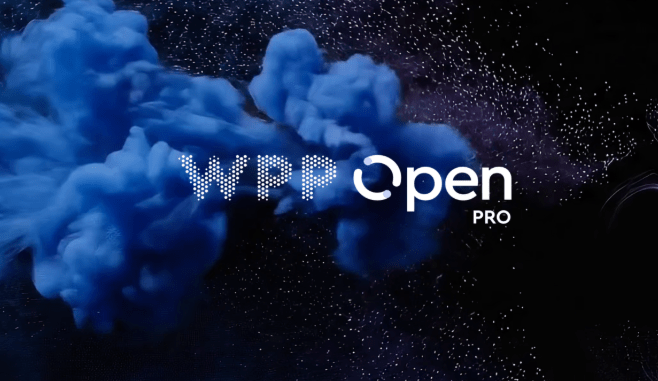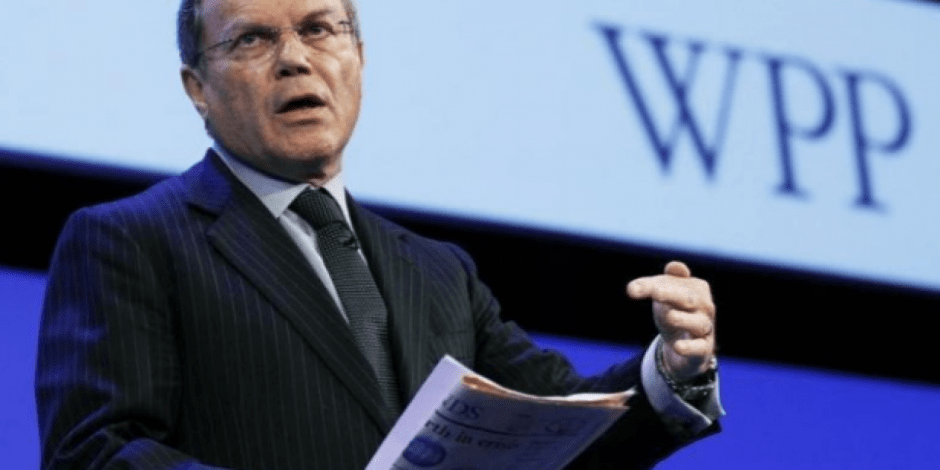WPP Open Pro is a new push from the holdco to expand vertical and horizontal integration of its flagship AI platform.
British advertising titan WPP is rolling out a self-serve version of WPP Open, its AI-powered marketing platform.
Unveiled Thursday, WPP Open Pro is a platform marketers can use to build campaigns, develop creative assets, and activate on their own, with the help of AI.
The platform is designed to streamline the entire marketing process, from ideation to execution, with the help of automated tools.
Users can craft campaign strategies with the help of AI agents that pull from a well of proprietary WPP data, partner data, and broader industry insights. Then, the platform can help marketers generate branded content for various channels.
To deploy campaigns created within the system, users can publish directly to major ad platforms. WPP Media clients can also connect to WPP’s Open Media Studio, which offers more advanced audience identification, bid optimization, and programmatic management.
Image- and video-generating features in WPP Open Pro are powered by a range of generative AI models, including Google’s Imagen and Veo platforms, OpenAI’s DALL-E, Sora, and GPT Image, Adobe Firefly, and others. Text generation, meanwhile, relies on Google’s Gemini, Anthropic’s Claude, and OpenAI’s ChatGPT.

Courting Small Business
WPP expects the tool to meet the needs of smaller enterprises and performance marketers who don’t need the high-touch managed service version of the program—and might also find uses in the organizations of existing WPP clients.
“We often don’t service the entirety of a client’s business, so it gives us reach into business units and areas that we might not service already,” said Matt McNeany, who helms the Open Pro project at WPP.
He added that smaller businesses open up a new market for WPP beyond its typical slate of Fortune 500 clients. “Now they can get access to professional-grade tools and AI capabilities, and do that in a pretty straightforward way.”
Users pay a fee to access the tool and are charged by usage, though WPP declined to share specific pricing details.
WPP Open Pro will be piloted by Google and some other undisclosed WPP clients. Initial feedback from clients has been “tremendous,” according to McNeany.
Google and WPP earlier this month announced a five-year extension of their ongoing partnership focused on advancing AI and cloud technologies for marketing. As part of that arrangement, WPP has pledged $400 million to bake Google AI tools into WPP Open.
Google declined to comment.

AI push
WPP Open Pro comes as the holding company aims to further align itself with AI to turn around its sinking fortunes.
Since it launched last year, WPP Open got a shiny upgrade in June with the launch of Open Intelligence, a foundational LLM trained specifically for marketing use cases. The platform has also added an integration with TikTok’s generative AI tools. Today, it’s used by brands including L’Oréal, LVMH, and Nestlé.
The launch of WPP Open Pro is among the first major announcements under new WPP CEO Cindy Rose, the Microsoft and Disney alum who succeeded Mark Read on September 1.
Rose’s appointment came after a grueling few years under Read’s leadership in which WPP suffered significant profit losses, client departures, and felt the squeeze of Trump-era tariffs—all while battling rivals over AI promises.
The rollout of WPP Open Pro, she hopes, will give the holdco the opportunity to expand into new markets.
In a statement shared with ADWEEK, Rose said WPP Open Pro’s low barrier to entry will put the company’s AI marketing capabilities “directly into the hands of a much wider array of brands and businesses.” If successful, the shift could drive revenues and bolster WPP’s business more broadly.
A marketing leader at a global brand, speaking on condition of anonymity, told ADWEEK this week that WPP has been pushing the brand aggressively to do more with WPP Open.
McNeany, for his part, is confident in the positioning; he suggested that the tool surpasses rival agencies’ AI-powered marketing offerings today.
“[We’re] taking our data assets, our partner data assets, our agentic capability, the generative partnerships that we’ve got with Google, OpenAI and so on…content automation, media activation, and bundling that up into one solution,” he said.
By Kendra Barnett
Kendra Barnett is Adweek’s senior tech reporter. @KendraEBarnett|[email protected]





